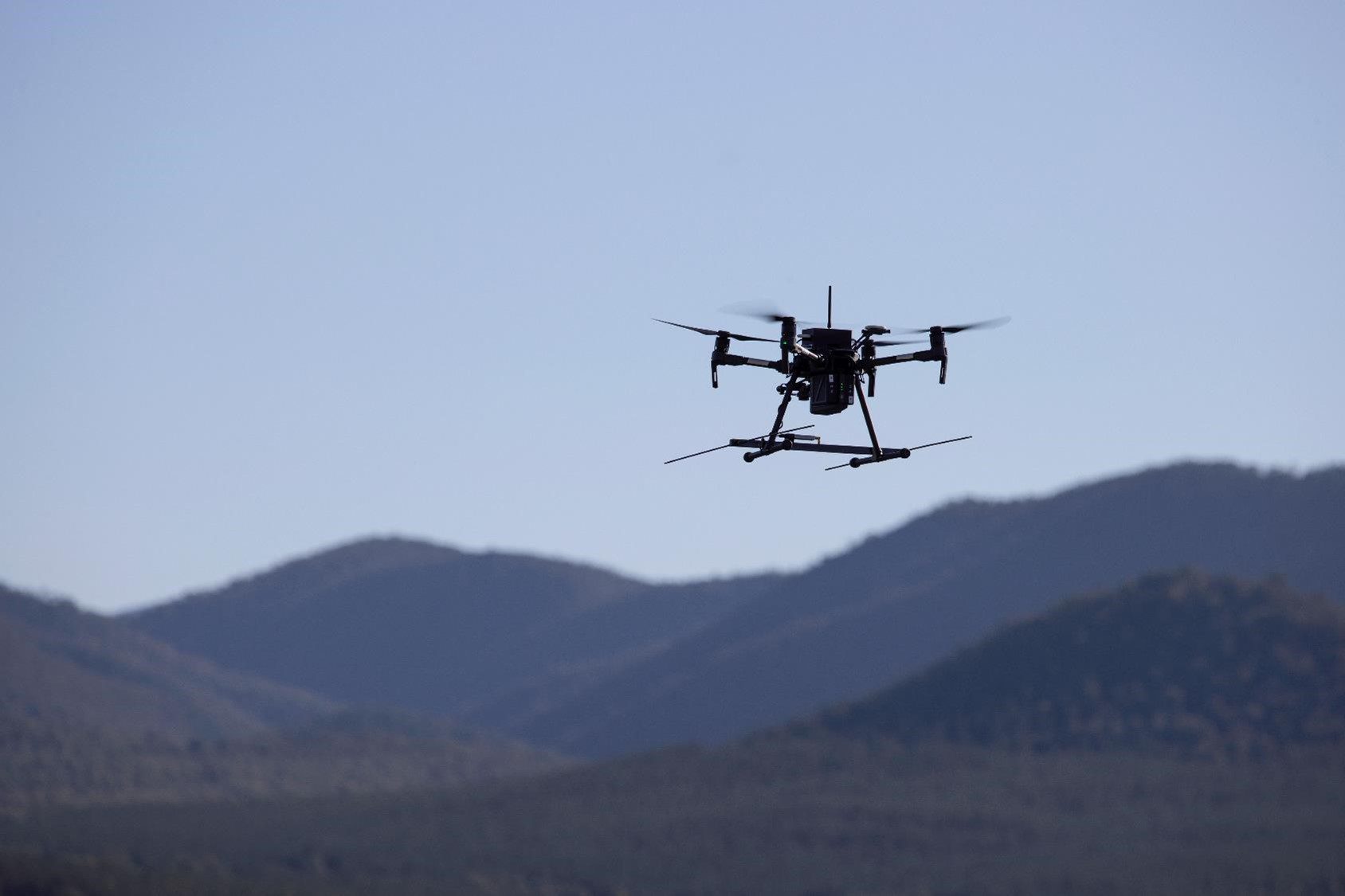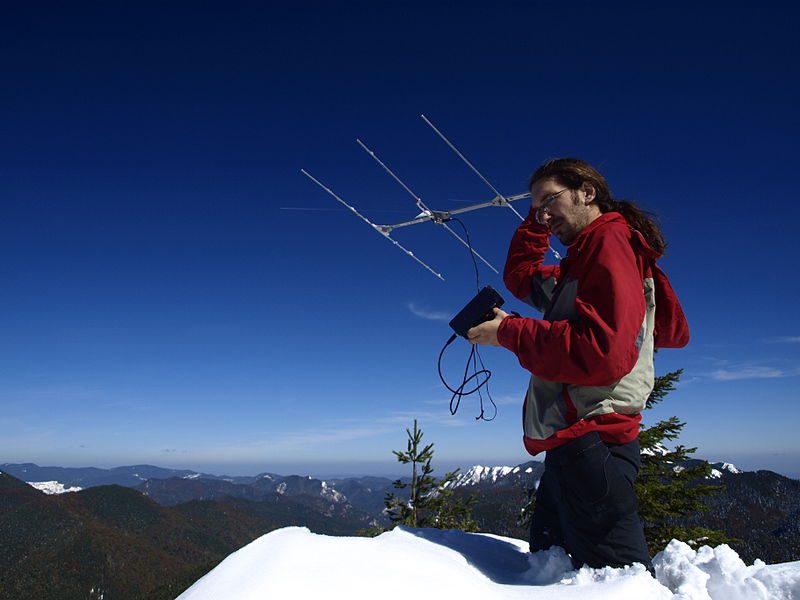
Insights
The struggles of radio-tracking (and how drones can help)
For decades, radio telemetry has been the go-to method for anyone seeking to track and understand animal movements. But the effort involved, in proportion to the results accrued, has always been significant and costly.
Despite this, radio-tracking wildlife is still commonly practiced. This is because the radio-transmitters are relatively inexpensive, and the tags can be made to track even the smallest of animals. As a result, many people will spend hours traipsing across vast (and sometimes inhospitable terrain) whilst holding a radio-receiver and yagi antenna aloft in the hope of detecting their tagged animals.
But with drones already changing the way we study wildlife – how can they disrupt this decades-old practice?
We explore the most common struggles when it comes to radio-tracking and how drones can help…

Terrain
Radio-tracking animals is often no walk in the park. In fact, the landscape can be physically difficult and sometimes downright dangerous to navigate. Whether it’s scaling up steep mountainsides to get a better signal, or wading knee-high through muddy wetlands – the unique challenges that different environments pose can severely limit your ability to efficiently track your animals.
In contrast, drones can cover several hectares in just a few minutes. With some weather limitations aside (electronics do not fare well in the rain!), drones are the perfect all-terrain vehicle for soaring over even the most rugged of mountains.
Time
The time it takes to track down all your tagged animals is one of the biggest impediments to anyone undertaking ground-based radio-tracking. While it’s often accepted as just part of the job, people can often find themselves spending hours, or even days, just trying to locate a single animal.
On top of having to navigate difficult terrain, radio-tracking with the standard handheld equipment is often limiting, in that you can only search for one animal at a time. In comparison, drones have the capacity to rapidly radio-track multiple animals simultaneously.

Missing animals
Losing tagged animals is a common reality faced by those who radio-track. After all, animals can be unpredictable in their movements.
Often, a tagged animal is deemed missing after their signal can no longer be detected from the ground after days of searching. In some cases, additional expenditure is made to hire manned aircraft and large teams of people to help recover the missing animal.
But by just deploying a drone, hours of time spent searching can be saved. Drones can search vast areas in a matter of minutes and provide ground crew with the confidence in knowing where their animals are and are not located.
The future
While on-ground radio-tracking is still commonly practiced despite its limitations, radio-tracking drones are proving to be an efficient and effective alternative.
As global leaders in the animal-tracking field, Wildlife Drones would love to assist you in your next animal-tracking project. Get in contact with us today to learn more about how we can help you.

